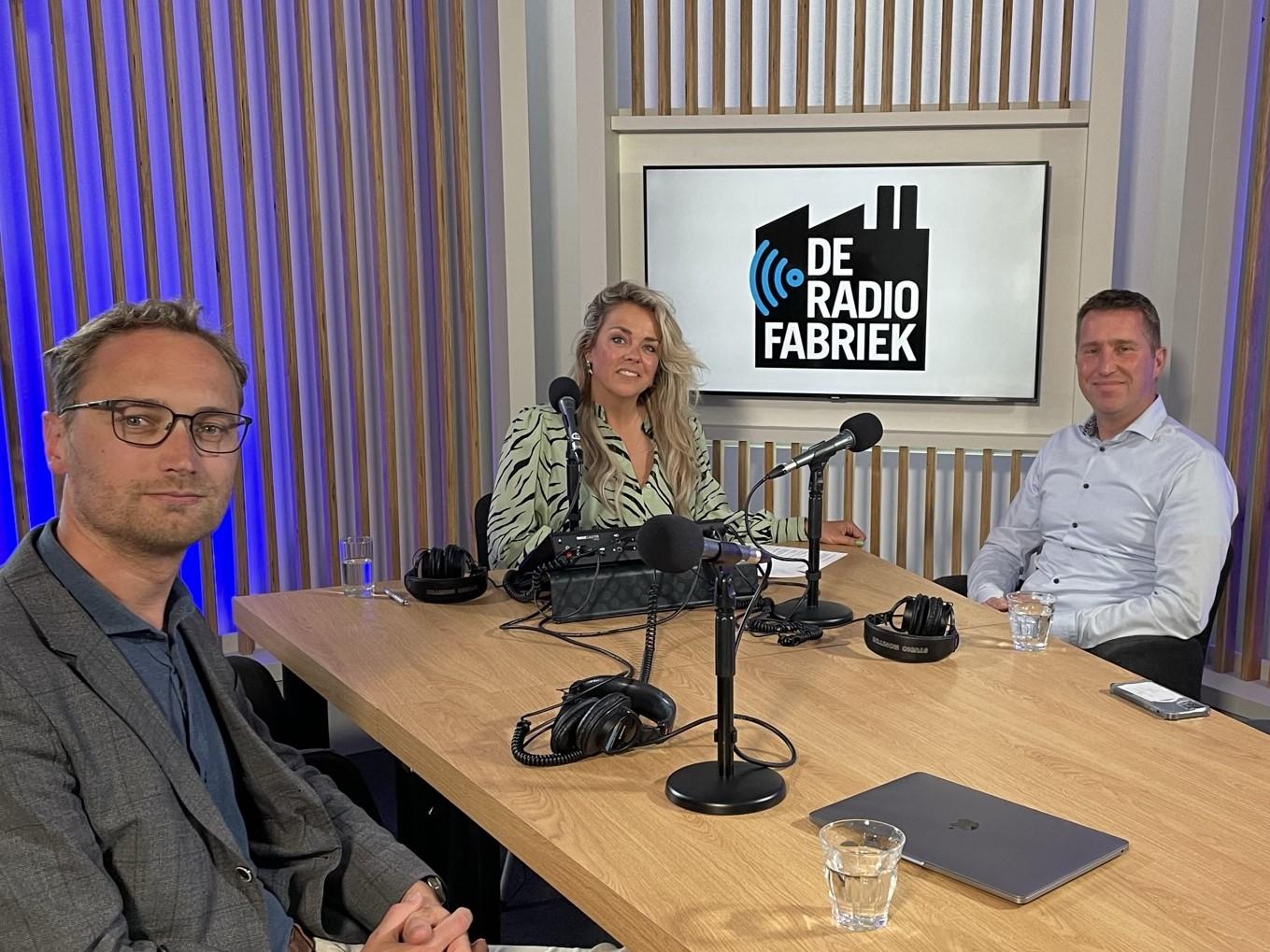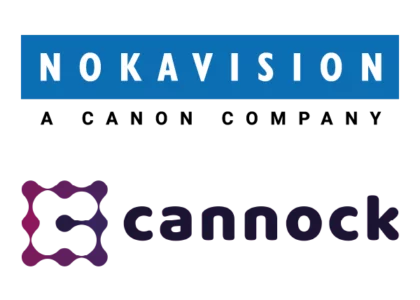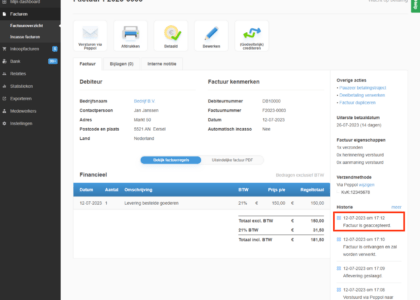Joining us for this new episode of ‘The e-invoicing podcast’ is Kuno Klumpers, Product Line Director at Exact. Host Martine Hauwert and our colleague Jaap Jan Nienhuis discuss with Kuno the transition from Scan and Recognise to e-invoicing via Peppol.
As Product Line Director, Kuno is responsible for the accounting software product line at Exact. Exact is committed to helping small to medium-sized organisations and accounting firms automate their business processes. They manage 675,000 administrations for their clients. As tradeinterop, we partner with Exact and provide them with the technology for Peppol.
Scan and Recognise versus e-invoicing
With Scan and Recognise, analogue documents are digitised. Elements such as the creditor, amount and invoice number are extracted from the digitised document to create an entry with it. For example, an invoice from an accounting system is saved as a PDF, sent by e-mail. By the recipient, the invoice is printed out, then digitised again and made suitable for reading by the receiving software.

With e-invoicing, this works differently. This involves sending an invoice in a software-readable format, so that the invoice can also be read immediately by the receiving software.
“Scan and Recognise continues to grow every year,” Kuno says. “We are sometimes surprised by this because we have e-invoicing. However, e-invoicing does require a bit of behavioural change and with Scan and Recognise there is not much need to change the work process. Precisely because an e-invoice is a digital file that machines can read immediately, you can make it much more efficient, ” Kuno explains. Jaap Jan adds: “Scan and recognise aims to automate manual processes, while e-invoicing aims to eliminate manual processes.”
Not everyone on board with e-invoicing yet?
Despite the benefits, not everyone in the Netherlands has yet switched to e-invoicing. Why is that? During the podcast, Kuno, Jaap Jan and Martine discuss communication around e-invoicing, European legislation and the role of government and software vendors in the adoption of e-invoicing through Peppol.
New developments
The podcast also looks ahead to new developments and innovations in e-invoicing. “We follow all developments closely,” Kuno says. “If there are new developments, we look at how we can use them to make our product better. We have done the same with return messages, for example. The added value of return messages is great, especially if everyone uses it. We pick up on things like that quickly.”
The podcast concludes with great tips from Kuno and Jaap Jan. Listen to the new episode of ‘The e-invoicing podcast’ here. Click here for a direct link to Spotify.






